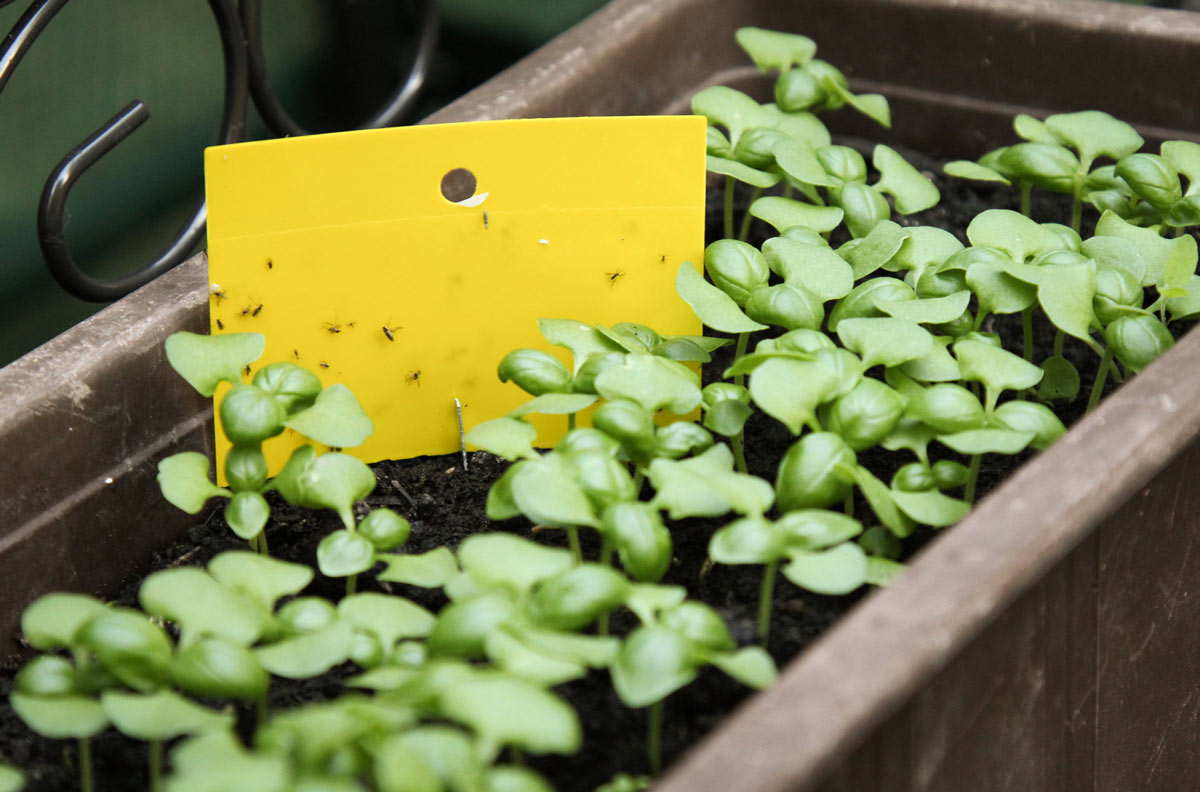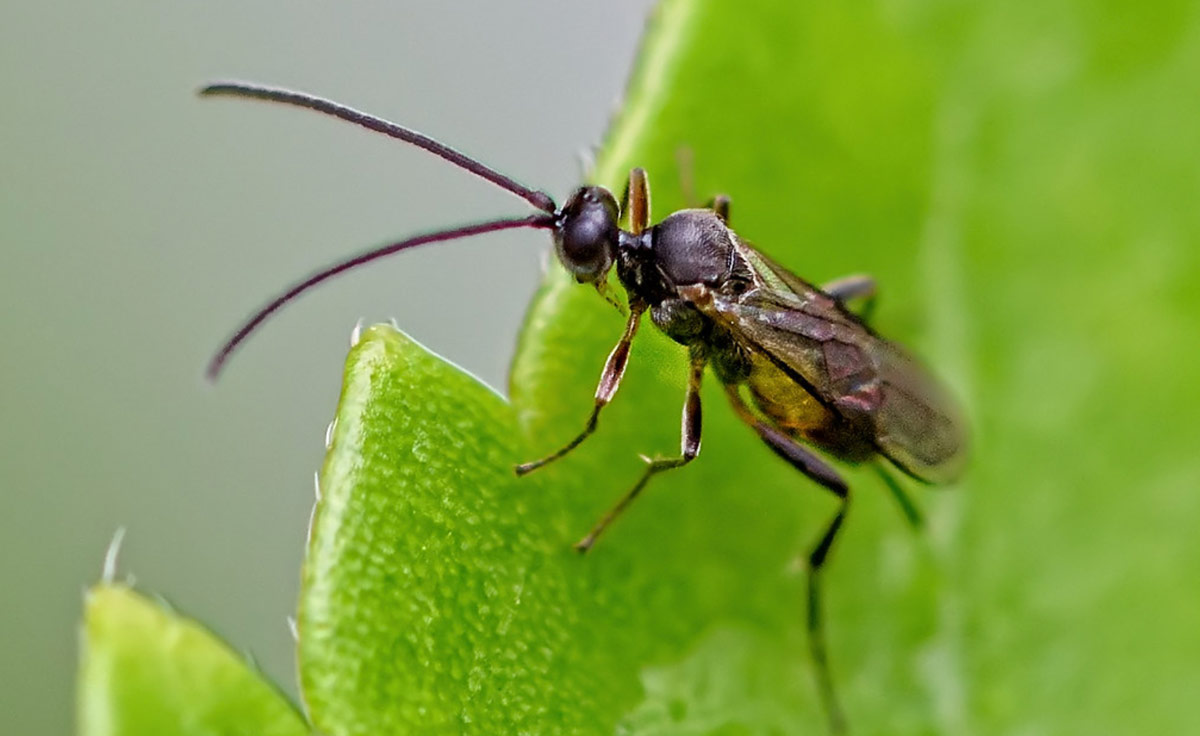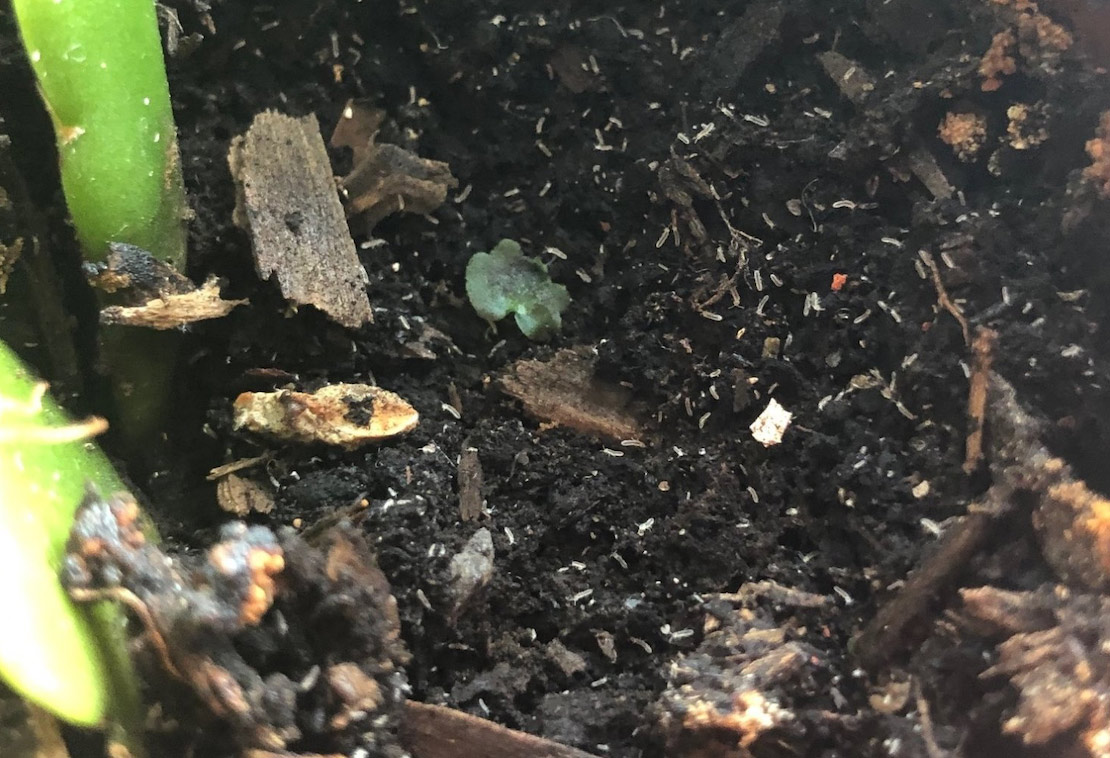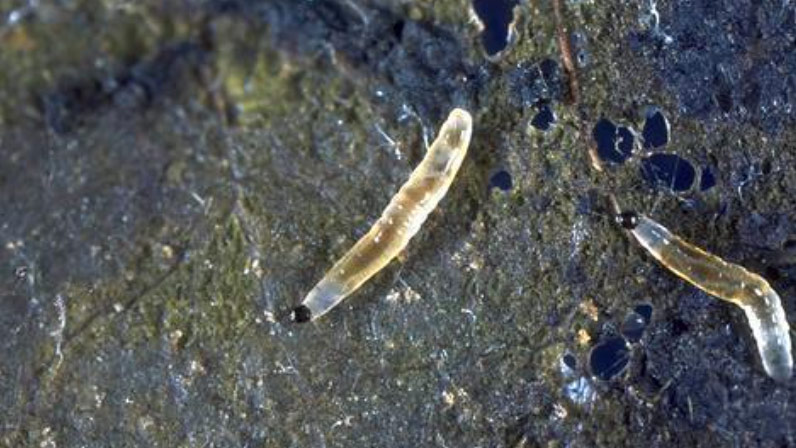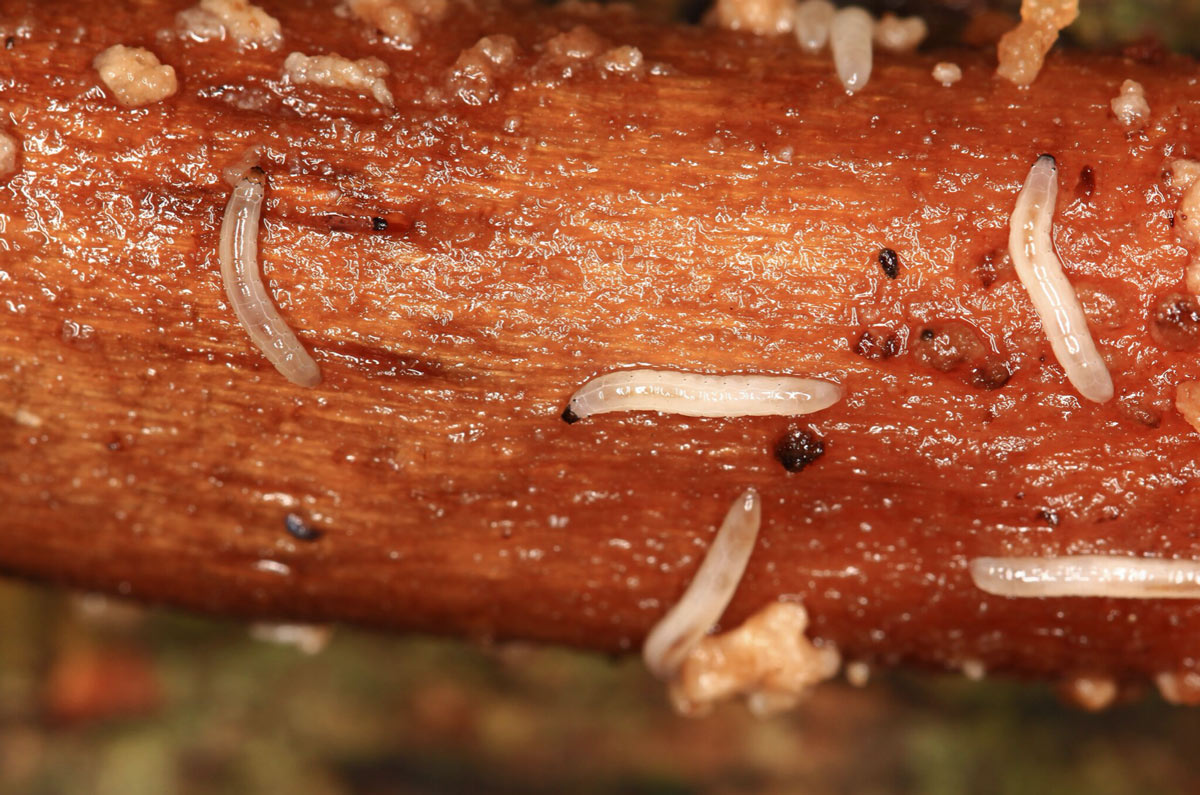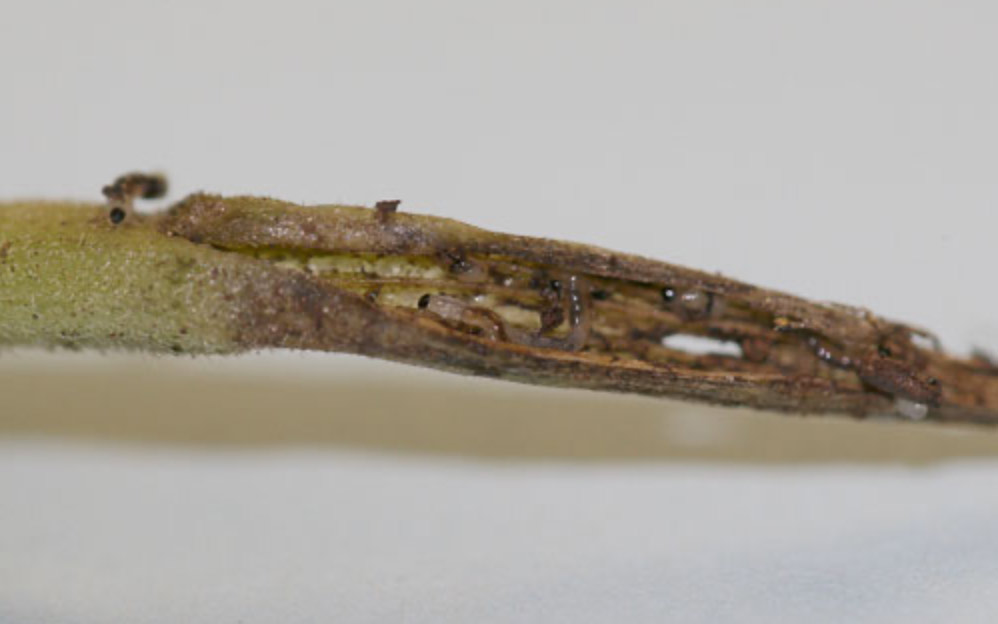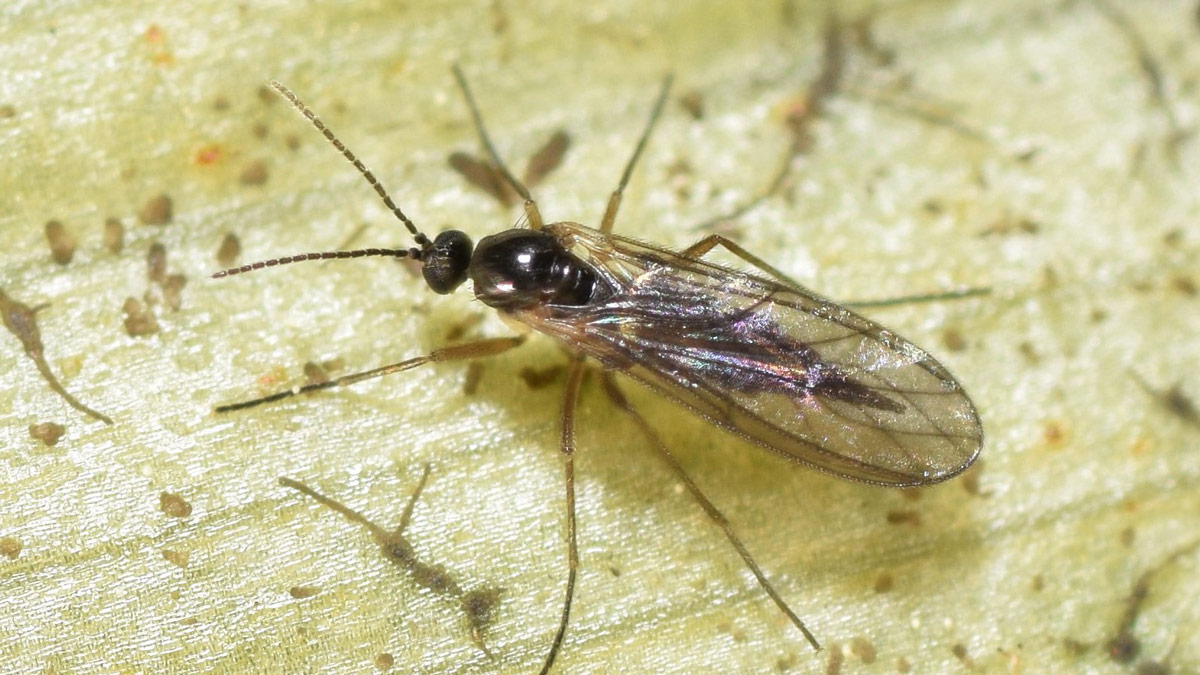How to avoid Fungus Gnats on my herb garden plants
Content
How to sterilize potting soil mix and avoid fungus gnats.
What are Fungus Gnats?
How do fungus gnats spread on your plants?
Avoid fungus gnats in your potting soil mix.
How to sterilise the potting mix?
Let me show you my sterilization process – YOUTUBE VIDEO
Two more tips or things I have learned
Conclusion
How to sterilize potting soil mix and avoid fungus gnats.
Fungus Gnats are terrible! Have you ever had to deal with insects, tiny black flies on your herb plants and tiny white larvae on or in your potting soil, and you don’t know what to do to prevent this, then this article is for you.
Let’s start by answering the following two questions: Why are these insects (and especially fungus gnats) a problem? What exactly are fungus gnats?
What are Fungus Gnats?
Fungus gnats are small pests about 2 to 5 mm long, like many mosquitos. Although they don’t bite or sting, plant lovers don’t like them because they love to crawl and creep around on our plants and in our growing media. The larger ones also fly around, from plant to plant, and when we are around they like to fly in our face also.
There are tons of varieties of fungus gnats around but most likely plant lovers and herb gardeners will have fungus gnats from either the Mycetophiliadae or Sciaridae family. Sometimes they are referred to as Black Fly or Sciarad fly.
Females mate within a few hours after leaving the pupa and begin laying eggs already after a few days. The tiny eggs are only 0,09 to 0,15 mm (so very hard to detect) and one female can easily lay 100-300 eggs.
These little blackflies are not only annoying but it is their larvae that hatch in moist growing media that cause most of the problems, especially to younger plants or seedlings.
The fungus gnats larvae primarily feed on organic material, algae and soil fungus. So you may think that is not a problem. True, but when there is a high quantity of larvae, they require other food sources including plant roots and stem tissue. They basically feed on your plants which creates wounds, which open up the gateway to secondary infections such as Pythium, Phytopthora and Fusarium.
Seedlings and younger plants will die, while the older plants could stop growing, causing the leaves to wilt and discolour, and uptake of water and nutrients will slow down.
The fungus gnats larvae are relatively difficult to find in the soil mix or in the stem tissue of plants. And when they feed on root hairs of newly planted crops, cuttings or seedlings it is hard to tell that the reduction in growth is caused by these little larvae.
This means that the damage to growing plants from the fungus gnats larvae goes very often unnoticed.
The chewing larvae damaging and wounding the plant provides a large possibility of diseases, which are actually the secondary cause of plant problems then and not the primary.
This leads often to confusion for the herb gardener about the cause and effect of why the plant is suffering.
In order to battle the fungus gnats larvae,we need to understand the lifecycle of a fungus gnat.
How do fungus gnats spread on your plants?
The most probable introduction of fungus gnats larvae on plants is through the use of new but contaminated growing and plant media, brought into the growing area, indoors or greenhouse.
When the conditions are ideal, fungus gnats thrive naturally in many areas and large populations can occur in surrounding drains or properties.
These favourable conditions are low light levels, high humidity, continually moist media. Media containing high levels of organic matter also favour the spreading of this pest. The fungus gnats and their larvae are almost always to be found in the warm, moist, greenhouse environments that favour fungi and algae growth.
You simply don’t want insects in your potted plants, and especially not indoors.
Avoid fungus gnats in your potting soil mix.
So we need to prevent these parasites from spawning or hatching in our potting soil mix.
Bag starting mixes have components that come from outside and what happens is that there is a chance that insect eggs are laid on this soil. Actually, you should reason like this: no matter where you buy soil mixes, they will have fungus gnats eggs and when they are into the bags, there are no insects yet but there are eggs going with the components into the bags. And that is the cause of the problem.
The problem is that fungus gnat eggs will sit dry and dormant in potting soil mixes for a long time, this typically happens a lot with soil mixes with peat moss in it.
Prevention is far better than using pesticides sprays or other solutions or cures later on. And I simply don’t want insects in my potted plants, and especially not indoors.
This can be prevented by sterilising the soil before use.
How to sterilise the potting mix?
There are a couple of possibilities of killing the fungus gnat eggs in the soil. Some people bake their soil in the oven, others like to steam the slow in a steam cooker or in the microwave but to avoid that you need to have this extra equipment, I prefer the simple basic method of using hot boiling water.
Using the microwave or steamer
To kill all fungus gnat eggs with the microwave, you need to add moist to the soil, put soil in a plastic microwave-proof zip lock bag (or use a microwave pot). I suggest making a few holes in the bag to release pressure when needed.
Next you can put the plastic bag in the microwave and microwave it for one minute a couple of times.
The steam and the microwaves will kill all fungus gnats.
If you are using the microwave make sure that you are watching it the whole time, so you can intervene if it would be required.
If you don’t feel safe or comfortable using your microwave use the boiling water method. You may need to wait until the wife is out of the house if she doesn’t like the idea of putting soil in the microwave… after all it is the same place where we usually put the food).
When using a steamer pot, the principles are the same: add moist, heat the soil and let the steam kill all gnats and gnats eggs. This method may be ideal for small portions.
Using boiling water to kill fungus gnats eggs
In the video below I will show you the easy process I use every time I need fresh potting mix for a new plant or seed start.
Basically I do this :
- So prepare the potting mix in a hard plastic pot or tray
- I boil water and I pour the boiling water on the soil. The heat of the boiling water will kill any kind of insect eggs that are hidden in the soil mix.
- Mix it with a spoon to make sure that insects, insect eggs are cooked and killed
- Then I cover it with some aluminium paper on it to keep heat and steam in there. After mixing the soil, I like to pack the earth down a bit, just to make sure the heat remains in the earth longer so it can kill all the fungus gnat eggs.
- Next I let the heat and steam do its job killing all eggs for at least 15 minutes.
- When the soil is starting to cool down, I will let the hot water drain out of pots and let it slowly dry and cool off.
- When the moisture level of the soil is good, the soil is ready for sowing seeds or use for other plants.
- Then the potting mix is ready and perfect for seed starting, You are not going to get any problems with fungus gnats, diseases or with insects
Let me show you my sterilization process in this video.
Two more tips or things I have learned that I want to share
If there are fungus gnats larvae in the soil mix, they will continue feeding on the fungus that grows from the decomposing organic materials such as wood,… This also means that wood chips are a terrible component for potting mixes.
And obviously, never take soil from outdoors and mix it through your soil or seed starting mixes.
Soil from outdoors is even more problematic with fungus, insects, diseases and molds. And you don’t want to import that into your indoor potting mixes.
Conclusion
So basically I do this: I soak the potting mix in boiling water, and let it sit in 100 degrees of water, killing all eggs, for a while until it cools down. Then pour the liquid muddy soil into some big pots with holes, to drain, and cool off.
Then the potting mix is ready and perfect for seed starting, And I promise you, if you do this, you are not going to get any problems with fungus gnats, diseases or with insects.
Related Topics
If this topic was what you were looking for, then probably this article may interest you too:
Leave us a comment
If, after reading the information above, you want to share your experience or if you still have a question that remains unanswered, then let me know in the comments below.

